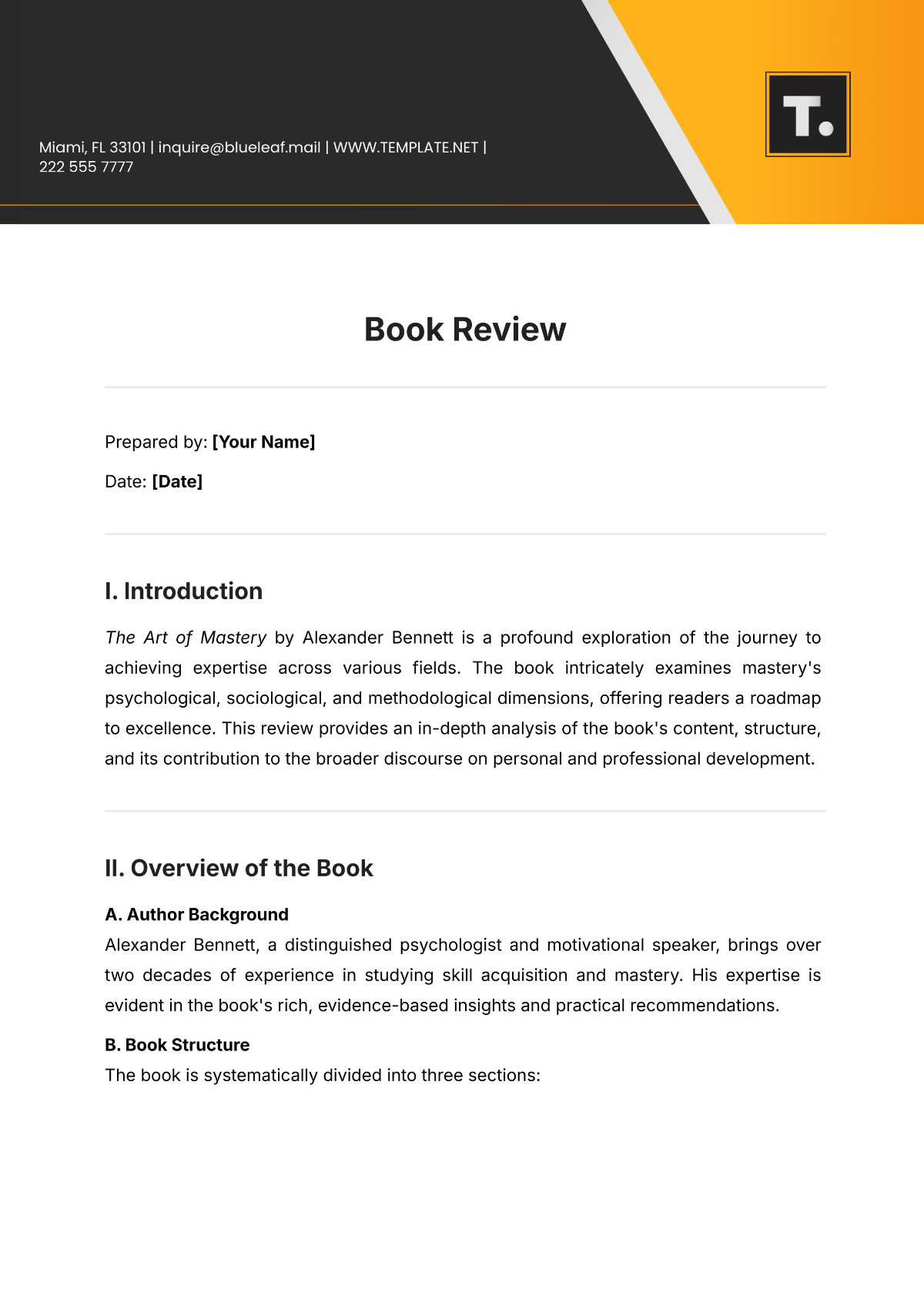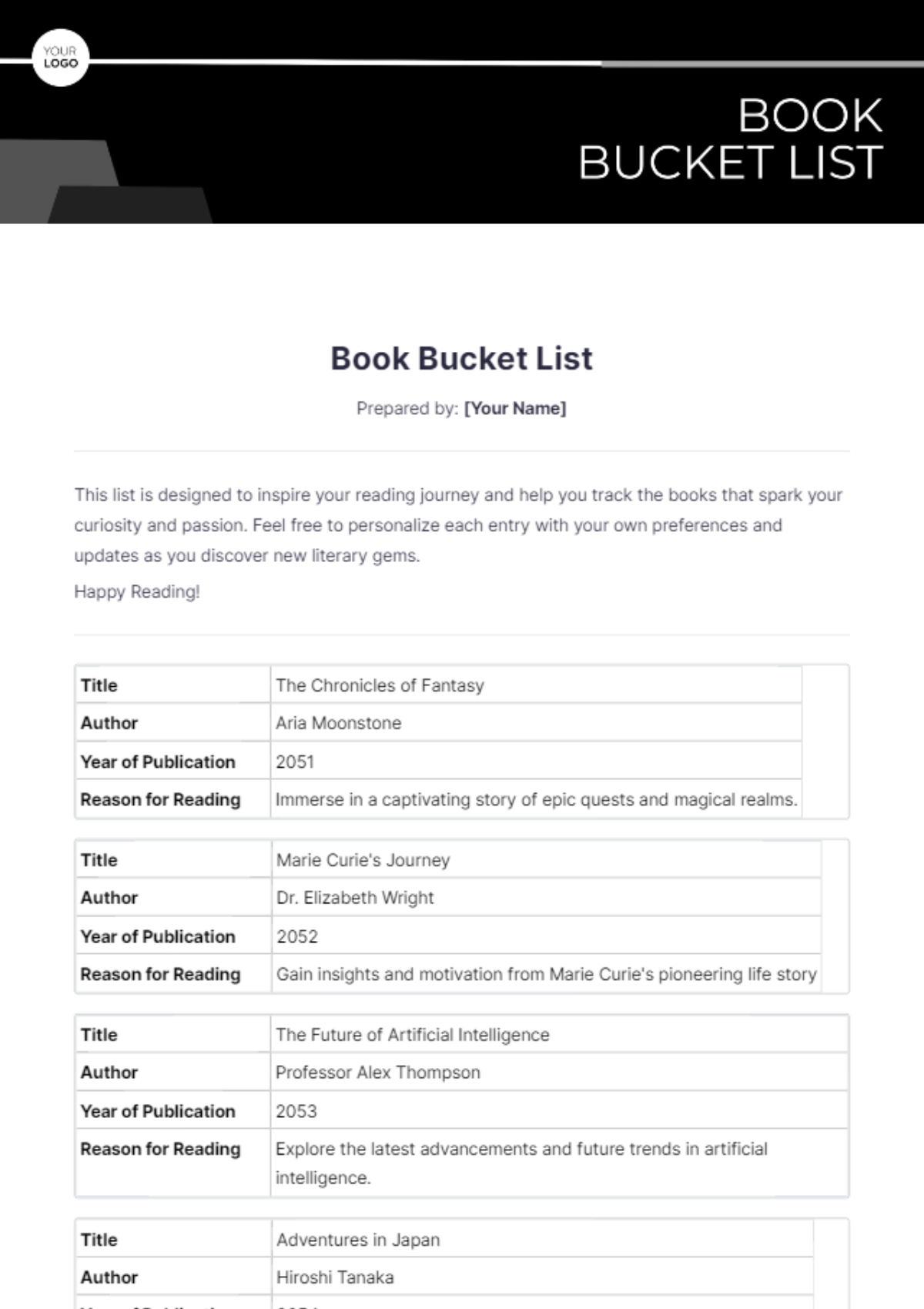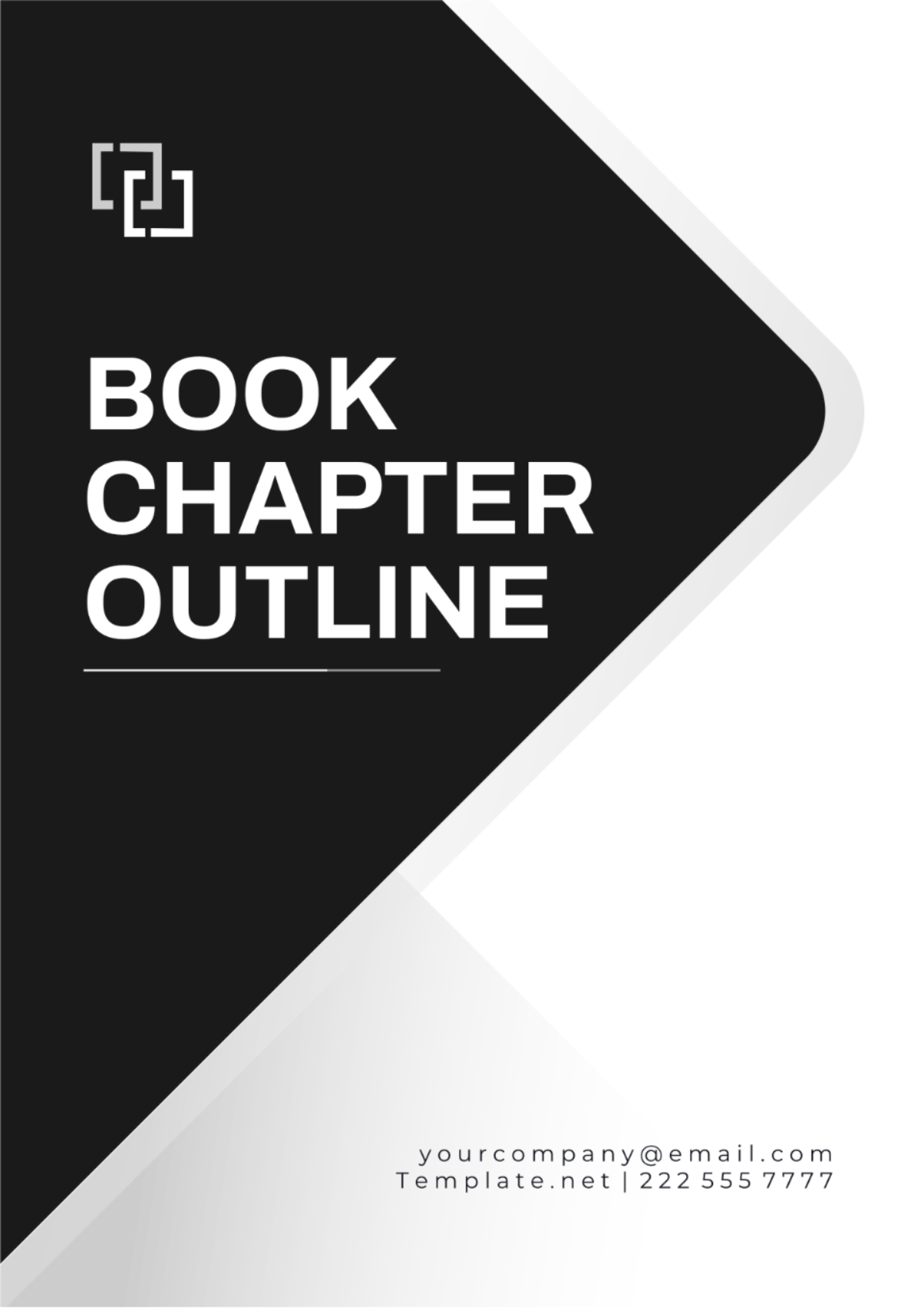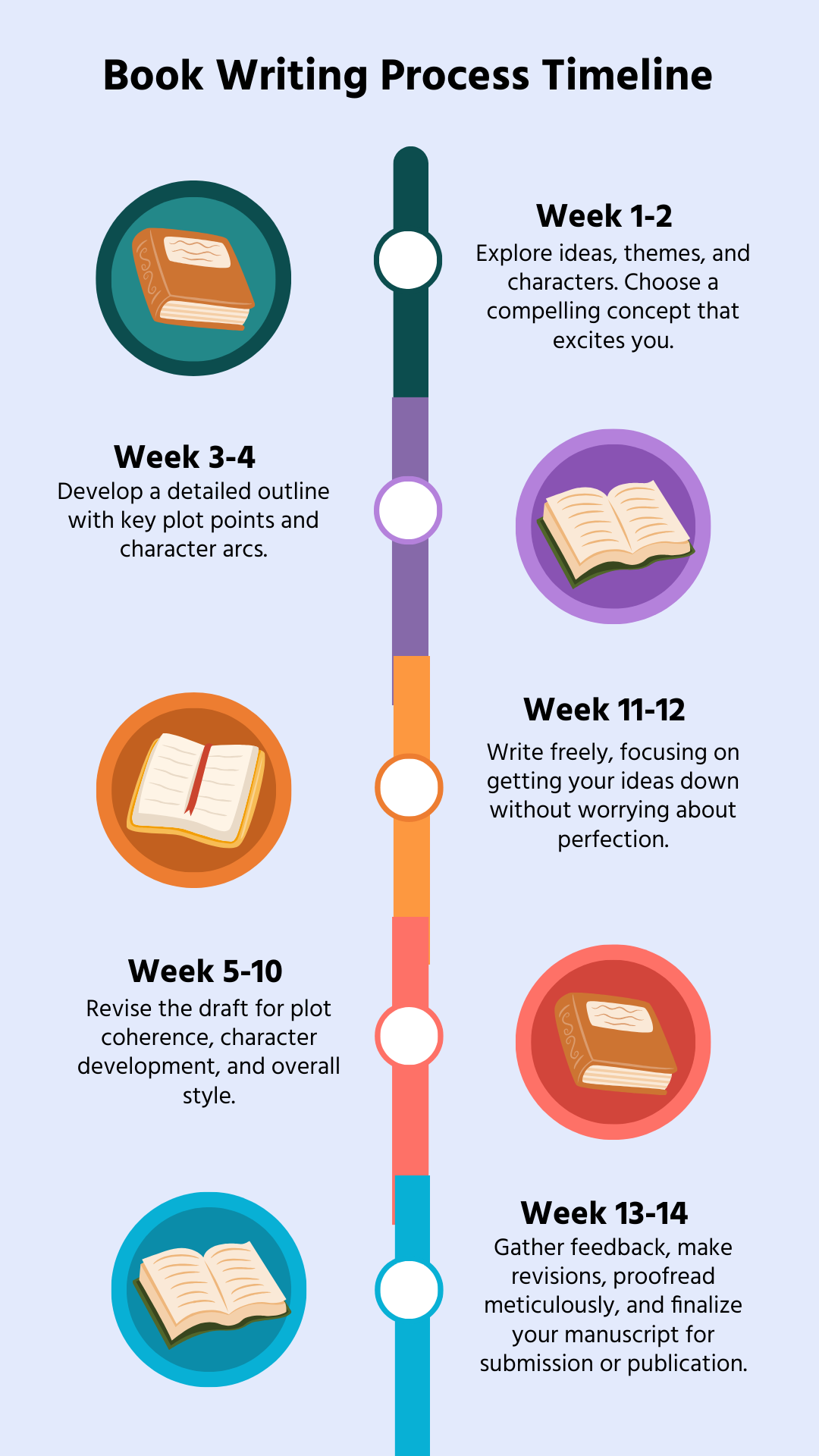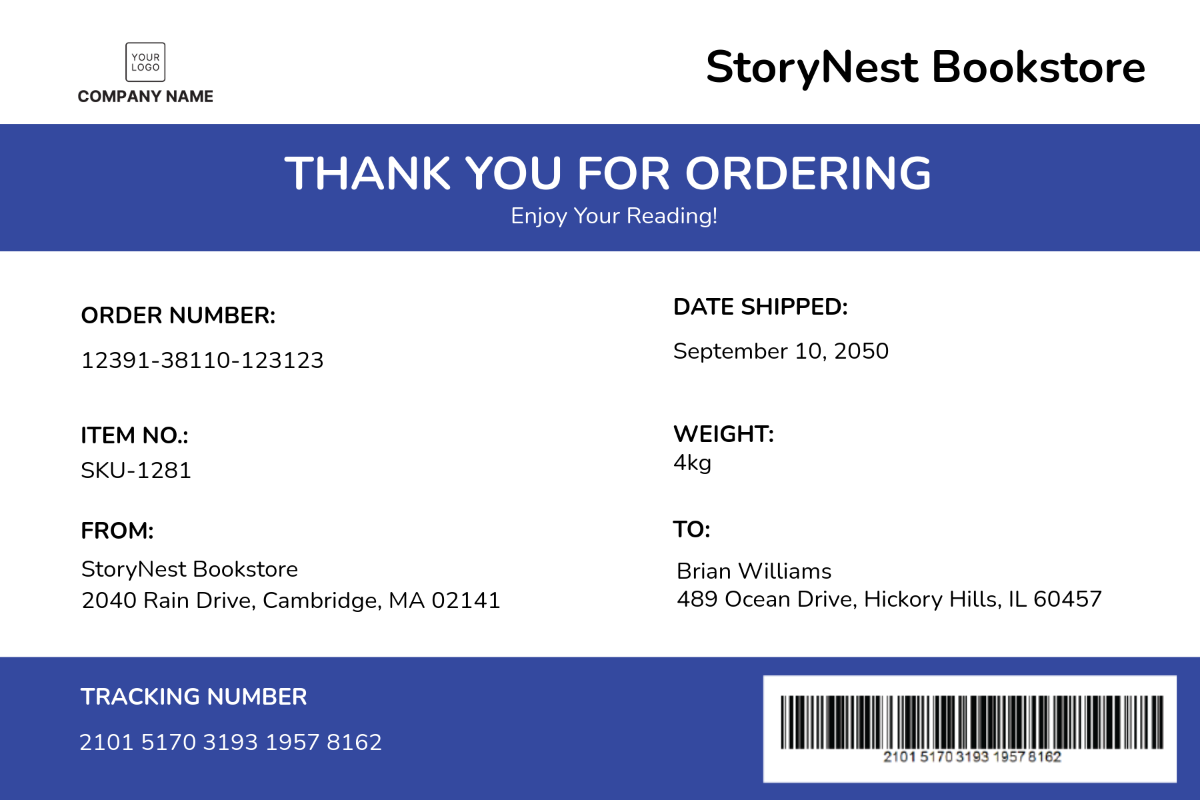Reference Book Chapter Outline
Prepared by: [Your Name]
1. Introduction
This particular section serves as an introduction that outlines both the purpose and the significance of employing a structured framework when organizing and planning the content of the chapters in a reference book. By providing this foundational overview, it prepares the reader for the detailed discussions that will unfold in the subsequent sections. Essentially, it sets the stage, giving the reader a clear idea of what to anticipate as they proceed further into the text.
2. Importance of a Structured Framework
A structured framework is crucial for ensuring clarity and coherence. It helps in breaking down complex topics into manageable sections, aiding both the writer in organizing thoughts and the reader in following the flow of information.
2.1 Benefits for Writers
Provides a clear roadmap for writing
Helps maintain a logical flow
Prevents the omission of important information
2.2 Benefits for Readers
Enhances readability
Improves understanding of complex topics
Facilitates quick reference and review
3. Components of a Structured Framework
Breaking down the framework into its key components helps in systematically organizing and presenting information.
3.1 Title
The title ought to be both concise and descriptive, effectively encapsulating and reflecting the primary theme or central focus of the chapter in a manner that is clear and easy to understand.
3.2 Sections
Each section within the chapter should be dedicated to exploring a major topic in depth. By structuring the content in this way, sections play a crucial role in efficiently organizing the information into broad categories, making it easier for readers to grasp the overarching themes and understand the material more systematically. This methodical approach ensures that the information is not only well-ordered but also accessible and comprehensible to those engaging with the text.
3.3 Subsections
Subsections offer an extensive analysis of the various topics contained within each main section. These subsections play a crucial role in ensuring that every pertinent aspect of a topic is examined comprehensively and in great detail.
3.4 Key Points
Organizing crucial information by listing key points under specific subsections is an effective strategy that significantly aids in emphasizing the most critical pieces of data. This methodical approach ensures that essential ideas are prominently showcased, thereby facilitating a better comprehension experience for readers. By breaking down complex details into easily digestible, categorized segments, it becomes much simpler for readers to quickly pinpoint and grasp the fundamental concepts being conveyed.
3.5 Examples and Case Studies
Incorporating examples and case studies within the various subsections is beneficial in several ways. It helps to illustrate abstract concepts more concretely, making them easier for readers to understand. Additionally, it provides practical applications of theoretical information, allowing readers to see how these theories can be applied in real-world scenarios. This approach not only aids in comprehension but also enhances the relevance and usefulness of the information being presented.
3.6 Conclusion
The conclusion summarizes the key points covered in the chapter and may provide recommendations or insights based on the information presented.
4. Steps to Create a Structured Framework
By adhering to a systematic approach, one can ensure that the organization of chapters is both consistent and complete.
4.1 Define Objectives
It is important to clearly and thoroughly outline the specific objectives of the chapter, ensuring that you have a comprehensive understanding of what you aim to convey to the readers. By delineating these objectives in detail, you will be able to communicate your intentions effectively, guiding the readers toward a clear comprehension of the chapter's purpose and the key points you wish to discuss.
4.2 Identify Main Topics
Please provide a comprehensive list detailing the primary topics that ought to be thoroughly addressed and discussed within the chapter.
4.3 Organize Topics into Sections
To create coherent sections, begin by identifying and grouping related topics. Once you have organized these topics into cohesive units, arrange the sections in a logical sequence to ensure that each section naturally transitions into the next, maintaining a clear and comprehensible flow throughout the text.
4.4 Break Down Sections into Subsections
Please take each section and subdivide it into more detailed subsections. As you do this, keep in mind the necessary depth of information that is required for thorough understanding, and accordingly, break down each section into smaller, more manageable parts.
4.5 Highlight Key Points
Within each subsection, make a detailed list of the most important points that need to be highlighted to guarantee a comprehensive grasp of the subject matter.
4.6 Include Supporting Material
To enhance the information presented in the subsections, it is recommended to incorporate various forms of supportive content. This can include providing specific examples that illustrate the concepts discussed, thereby making the material more relatable and easier to understand. Additionally, integrating detailed case studies can offer a comprehensive analysis of real-world applications, demonstrating how the theories or ideas work in practice. Visual aids, such as charts, graphs, and images, can further aid comprehension by providing a visual representation of the information, helping to clarify complex points and maintain the audience’s engagement.
4.7 Review and Refine
Please take the time to go back and thoroughly review the framework to ensure that it has a logical flow and is complete. Make any necessary adjustments to improve its clarity and coherence.
5. Conclusion
Analyze and expound upon the significance of employing a well-defined framework when arranging the content of a chapter. In this discussion, emphasize the necessity of establishing clear objectives, maintaining a logical structure, and ensuring comprehensive coverage of all relevant topics. By doing so, highlight how these elements collectively contribute to the effective presentation and understanding of the information.















